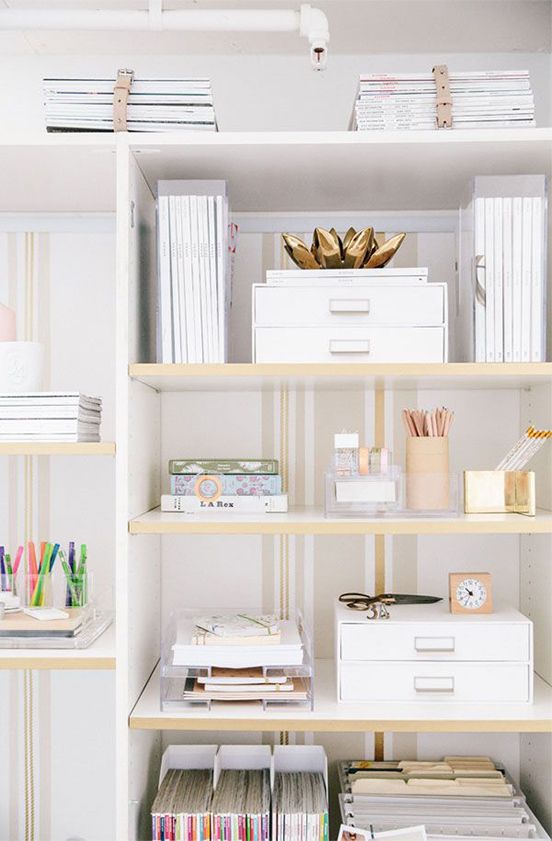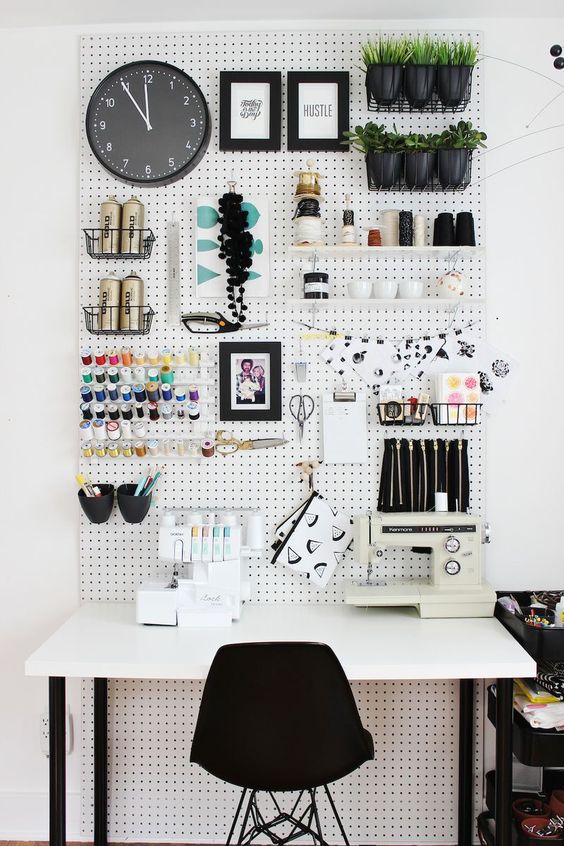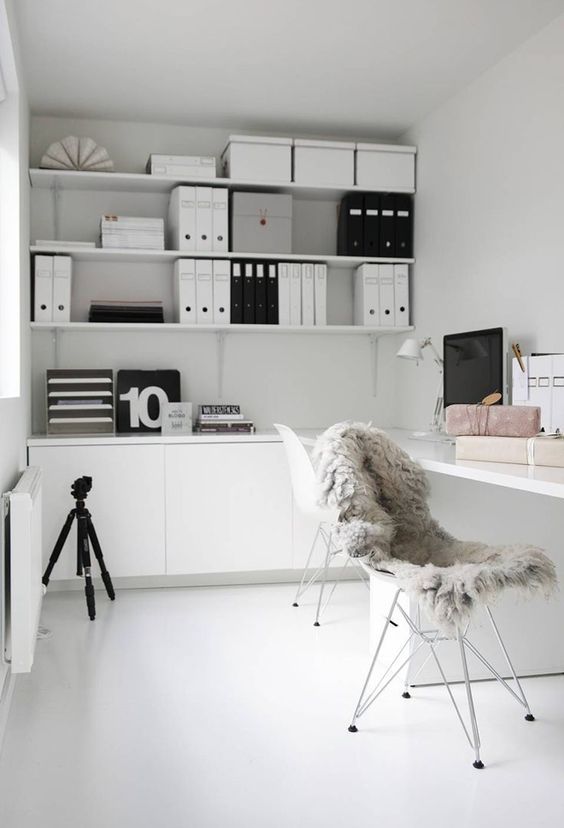Interested in starting a career as a Property Stylist?
Not sure how to turn this passion into a six figure career?
Start Here: Free Video Training Series
- Folding Screen
If you live in an apartment or small space, why not consider using a folding screen to separate your office space from the rest of the world? It can also act as a crafty inspiration board or combination gallery.
- Utilise Wheeled furniture
Almost any piece of home office furniture can be improved by wheels. For example, you can bring a file cabinet out in the morning for use, then push it under the desk or into a closet at the end of the day.
- Colour-code Your Filing System
When it comes to an office, a well-organised filing system is a practical choice for running a functional office space. You can organise, and separate the filing system into five colour-coded categories:
- Red – Medical
- Green – Financial
- Yellow – Insurance
- Orange – Personal
- Blue – House
If you are not a fan of these colours consider using patterns or even different hues of one or two colours.
- Group like materials together
When dealing with papers and stationary, it’s best to organise your office into categories by placing like items together. By doing this, your office will be both aesthetically and functionally pleasing. For example, next time you need stamps, you know to look in your mail drawer.
Common categories include:
- Notepads: Sticky notes, tabs, stickers
- Tools: Stapler, staples, hole puncher, straight cutter
- Budget: Chequebook, calculator, invoice sheets, bill calendar
- Writing tools: Pens, pencils, markers, liquid tape
- Mail: Envelopes, stamps, address labels
- Labelling: Labeller, and label tape

Image credit: iwantthat.com
- Store in containers
Store all your office supplies in containers, baskets, drawers and bins for quick access and the advantage of using fabulous styles and colours. Moreover it will help to create a de-cluttered look for your space, as items will be out of sight.
- Utilise Wall Space
With people being so focused on drawers and desk space, they often forget that using wall space is a great way to keep your office neat and tidy. You can use your wall space for multiple objects such as to hang filing systems, calendars, whiteboards and shelves.

- Create Life Binders
Like grouping materials together, it’s essential to organise important paperwork in binders for easy access and for future reference.
Some key binder categories could be:
- Medical: You can file your family’s medical records for a future diagnosis or in case of emergency
- House: Mortgage statements, bills, and additional housing-related information such as maintenance, security codes and tradesmen contacts
- Personal: You can store anything else that doesn’t fit into a select category
- Auto: Designate this binder to car-related material such as insurance papers and maintenance reports
- Create a printing station
Designate a space in your office to house a printer and printer supplies. In the instance you have a wireless printer, you do not need to place it on your desk. By placing in another area such as a cabinet you’re able to gain more desk space for other uses.
- Multi-functional pieces
If you are tight on space try opting for multifunctional pieces. You could use a desk that also has a mirror, so it can service as a vanity also. Using ottomans has advantages as it can be easily stored and used as a footrest also.

- Organise Books
A great way to create clarity and nice ambience to your office space is by organising your books, especially if you have a wide collection of literature. You can organise books by genre, colour or size depending on personal preference. Organising a bookshelf by colour will add to a beautiful design element while giving your space a clutter-free, neat look.

 Naomi Findlay is an experienced interior designer, project manager and stylist who also loves sharing her passions and experience by teaching others.
Naomi Findlay is an experienced interior designer, project manager and stylist who also loves sharing her passions and experience by teaching others.
Leave a Reply